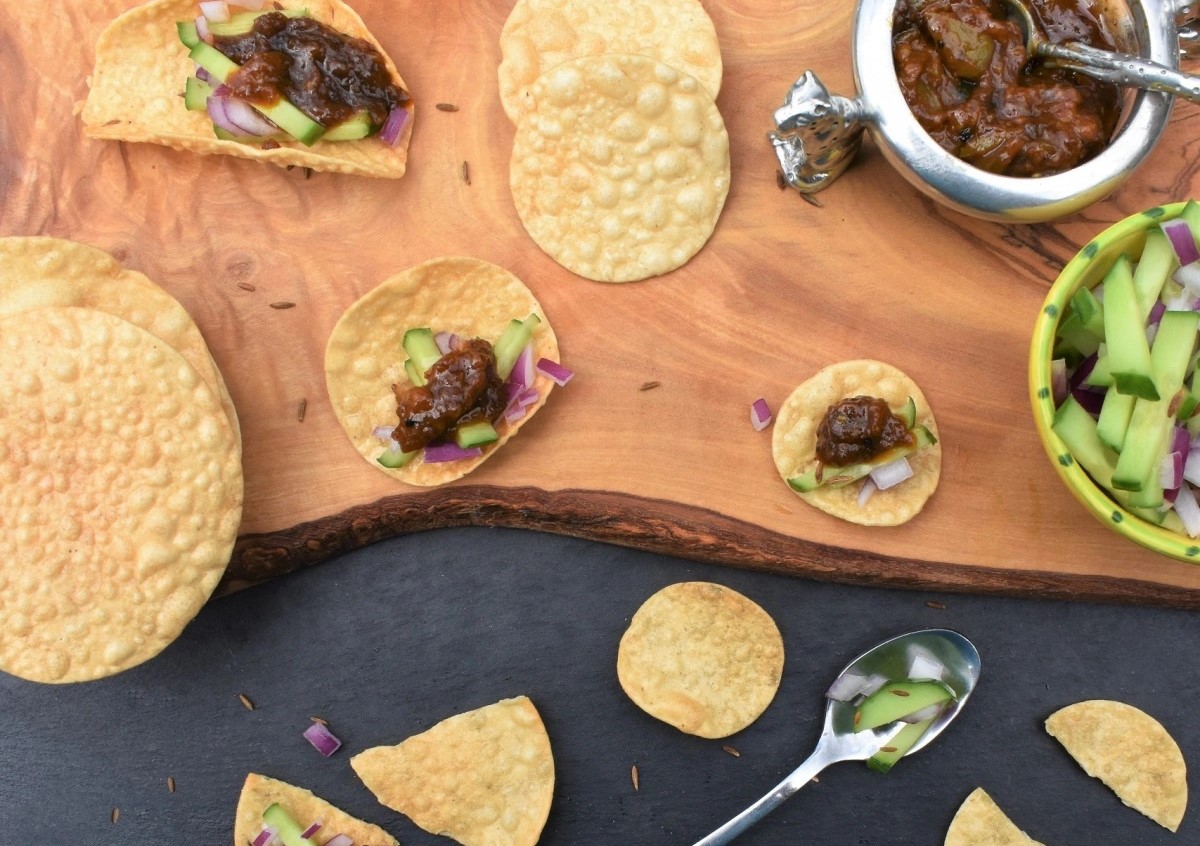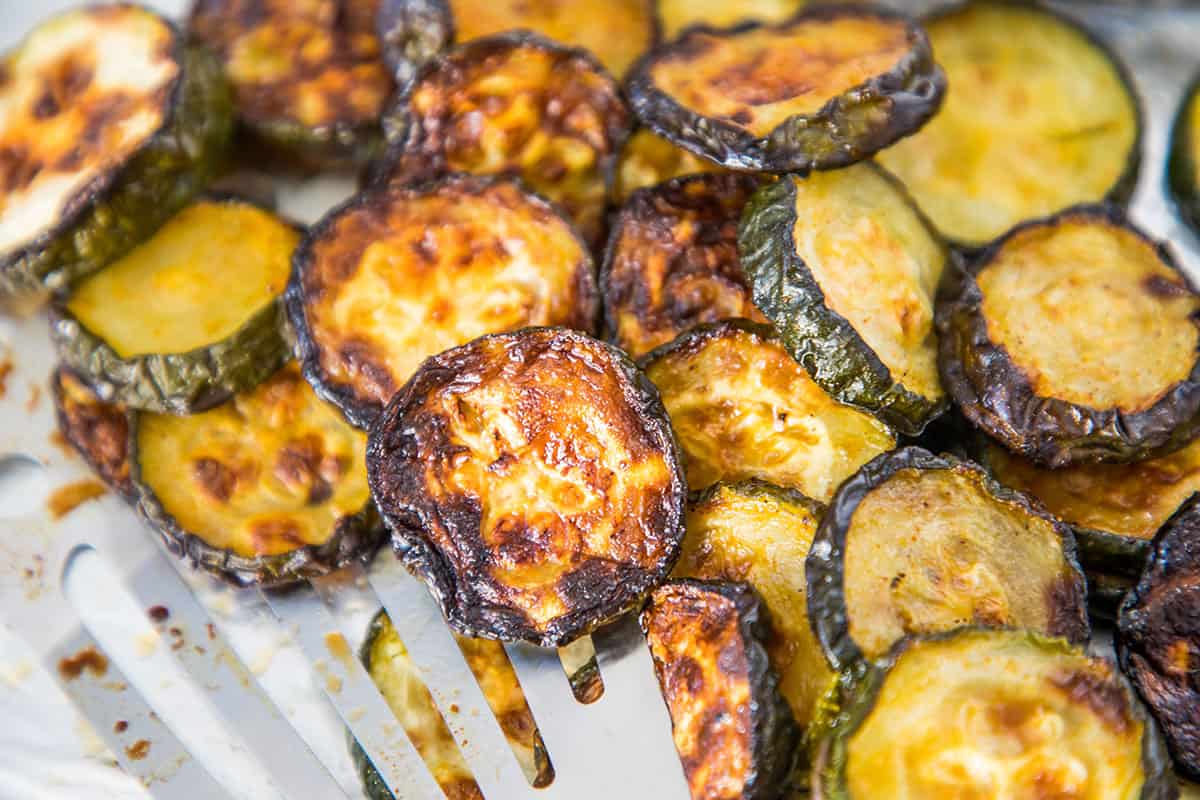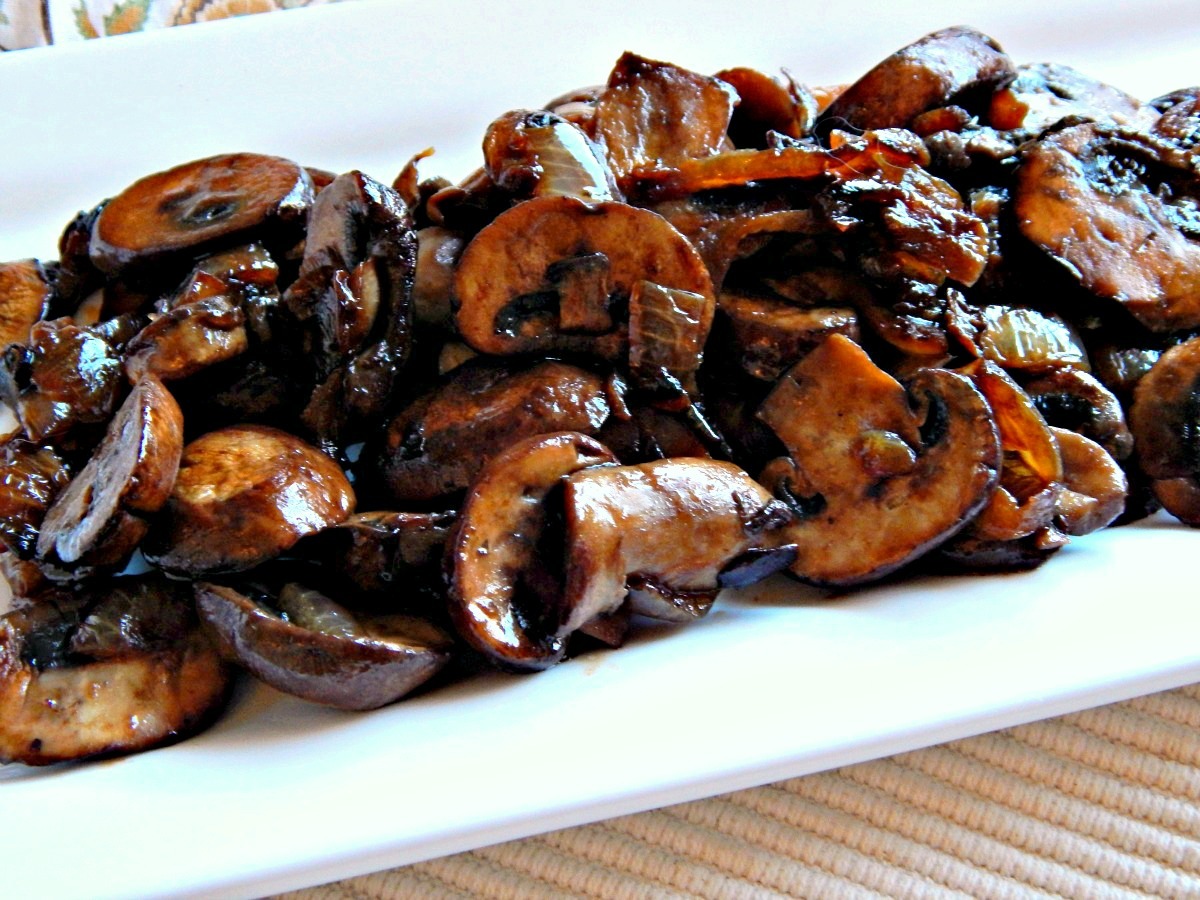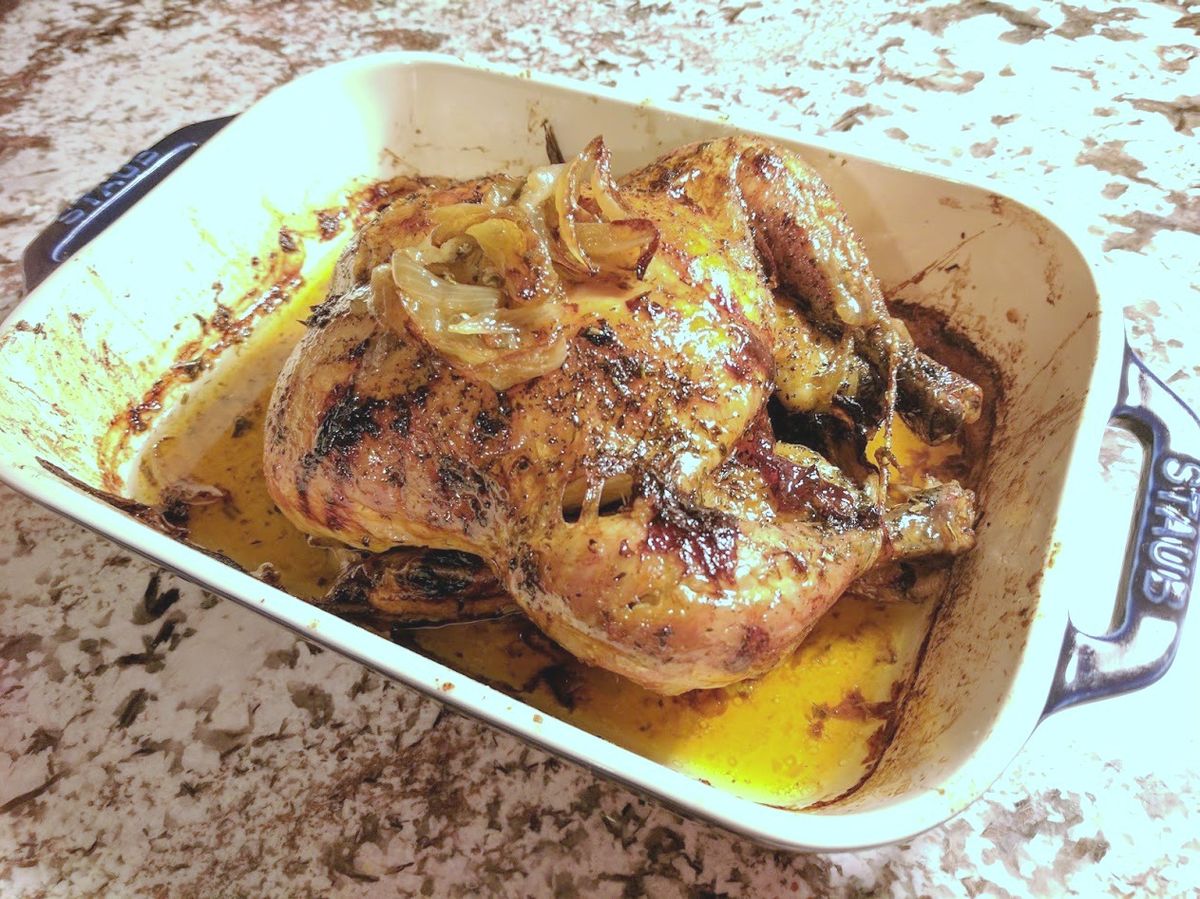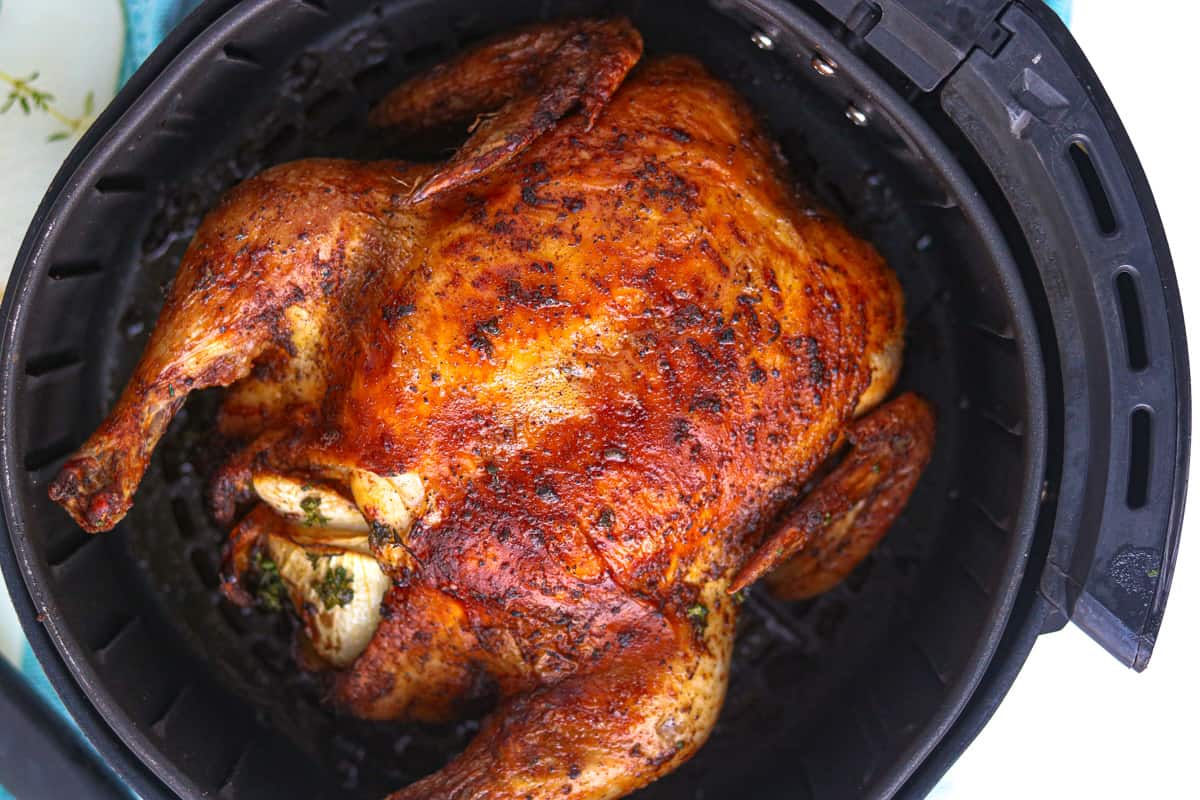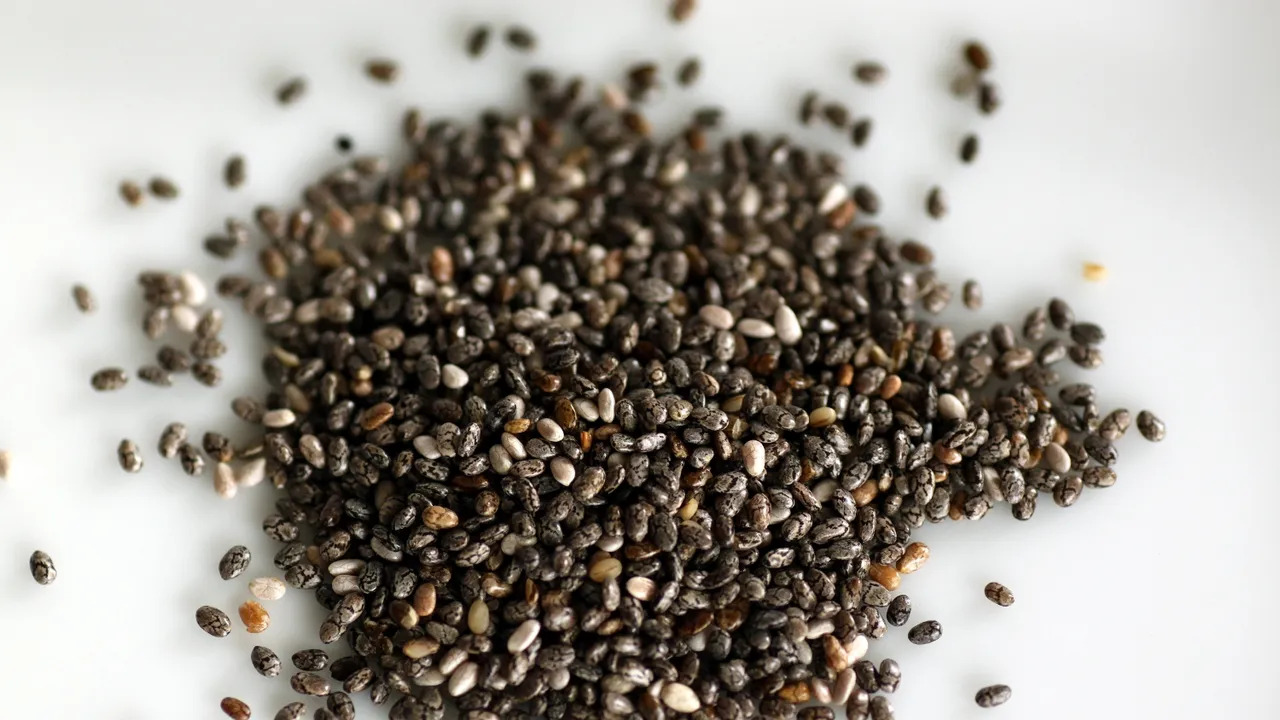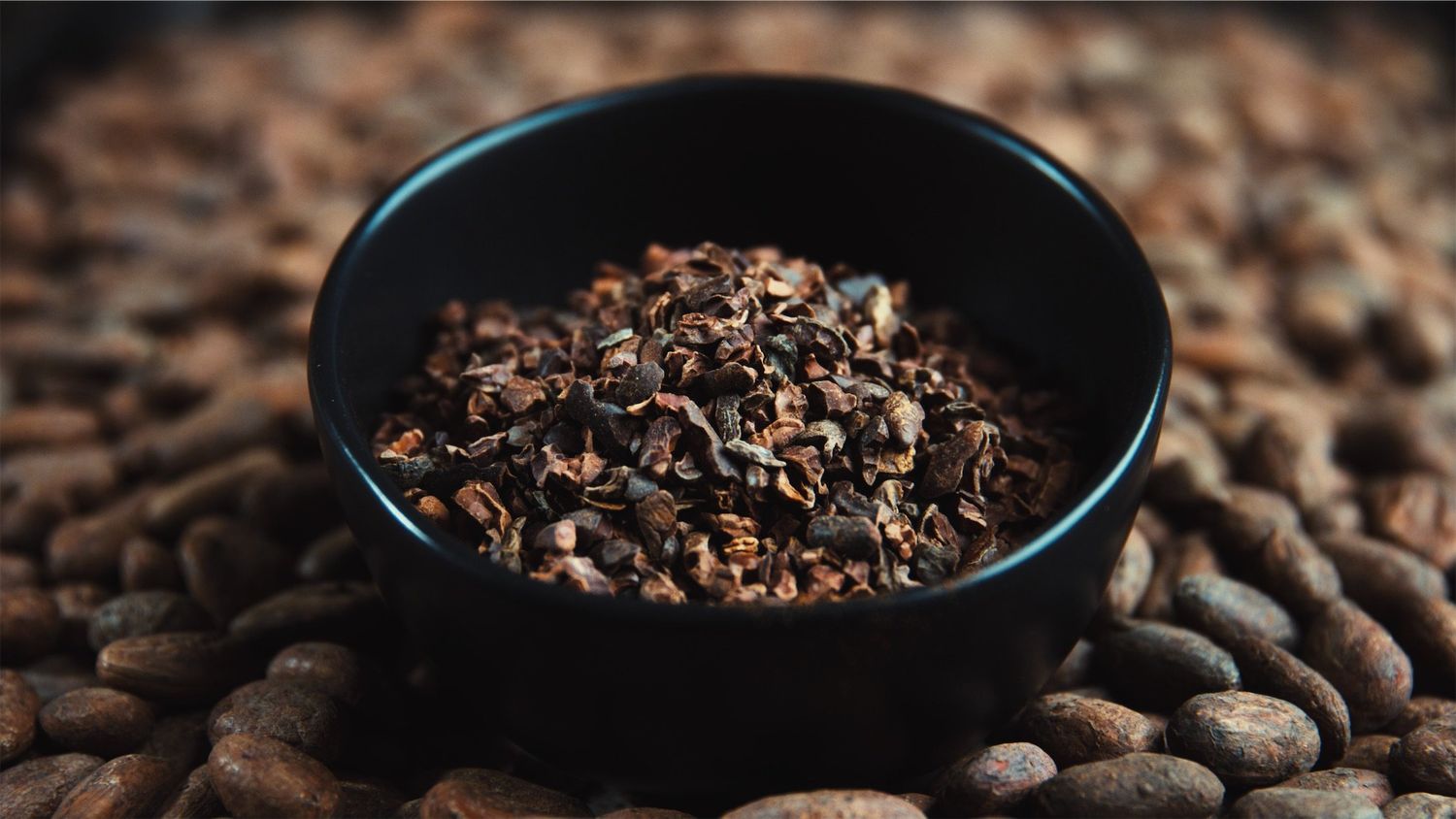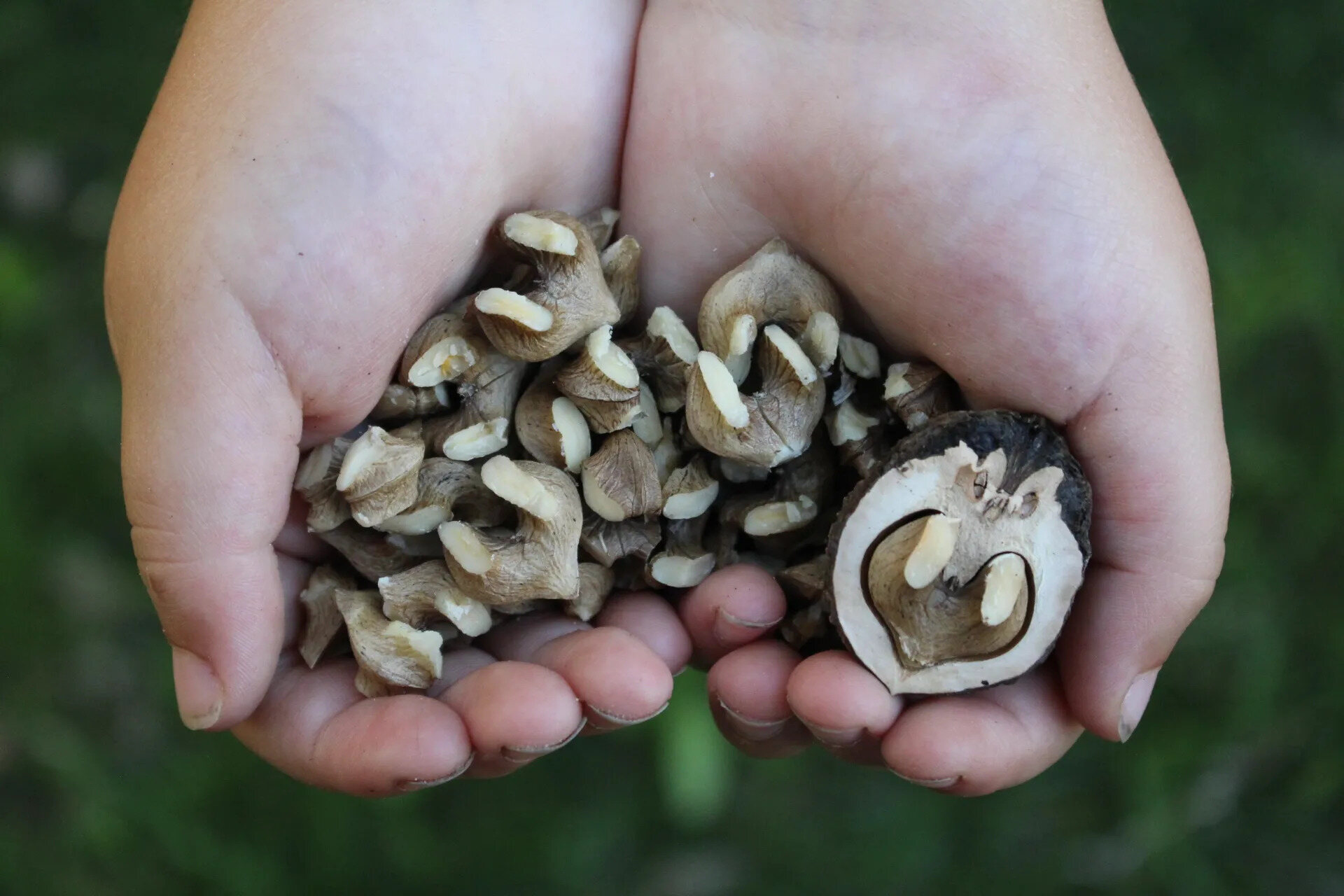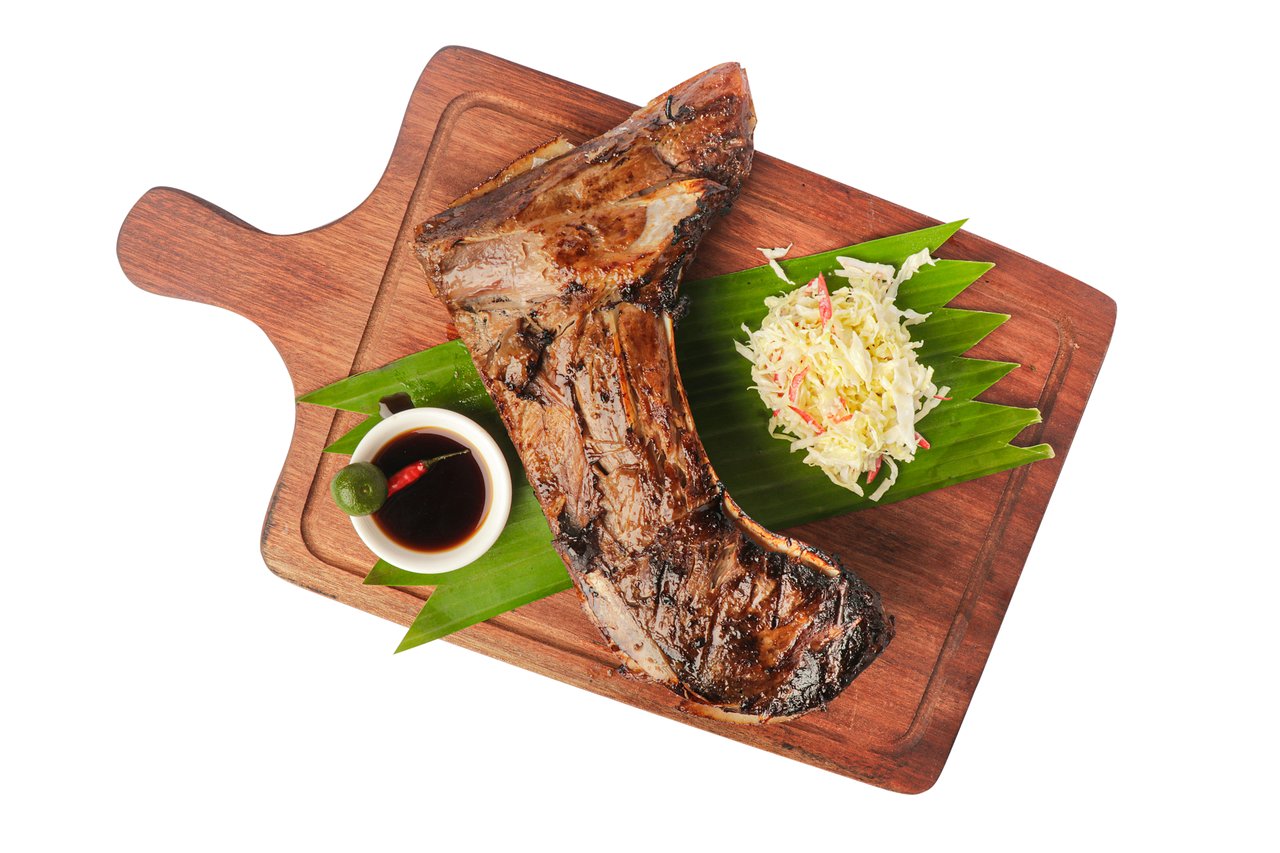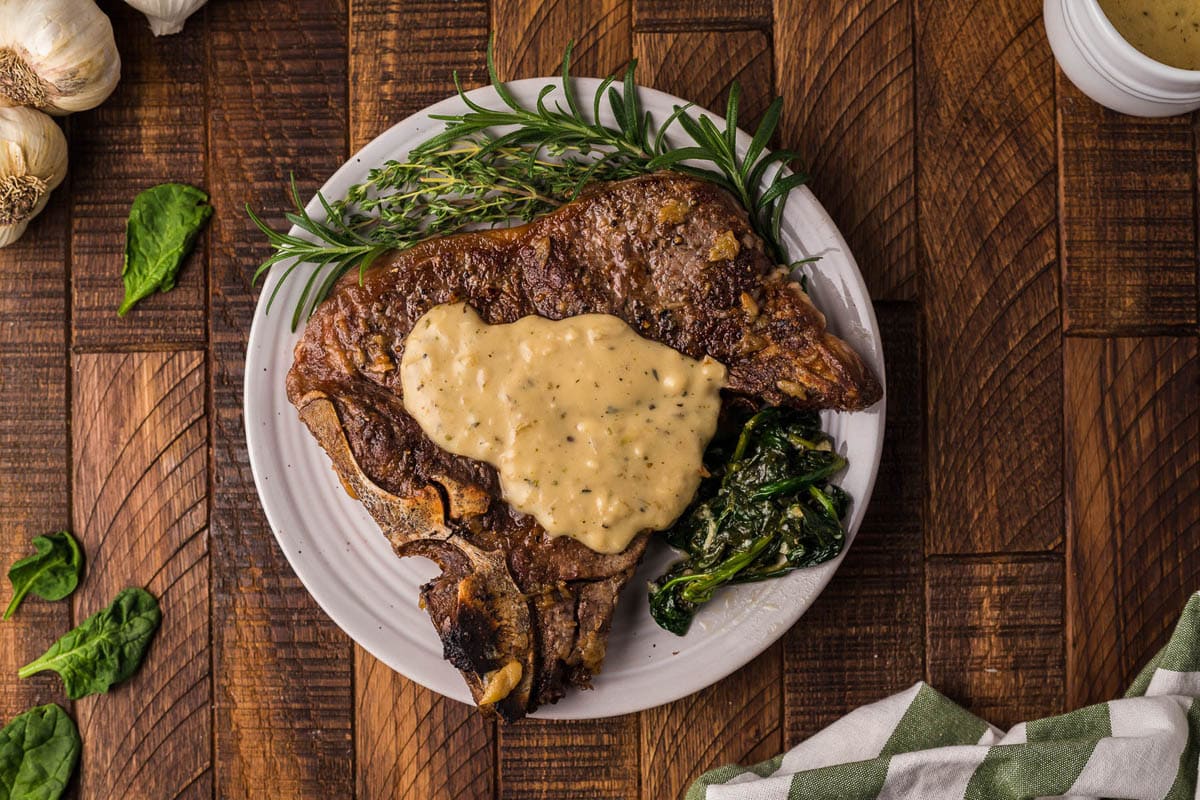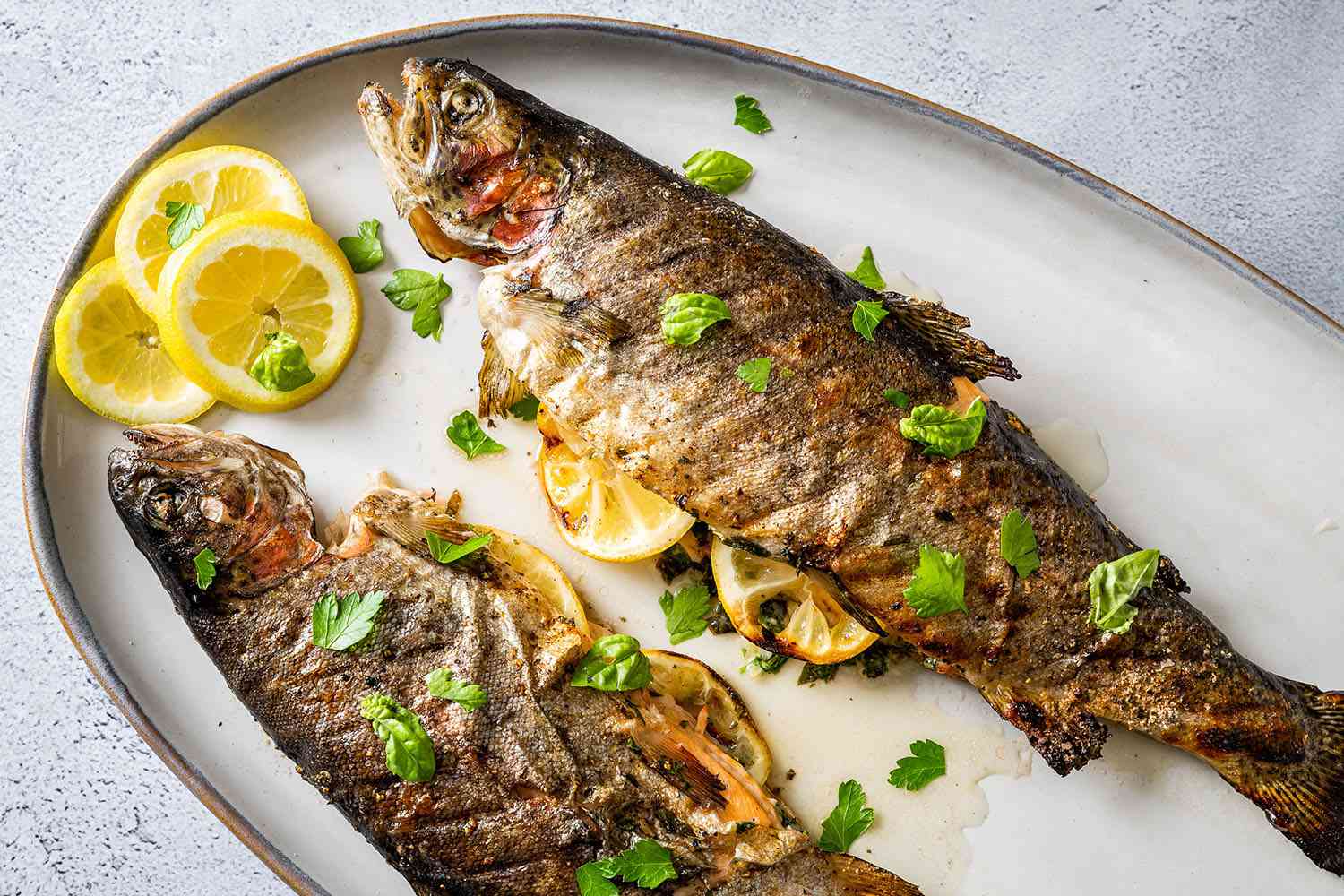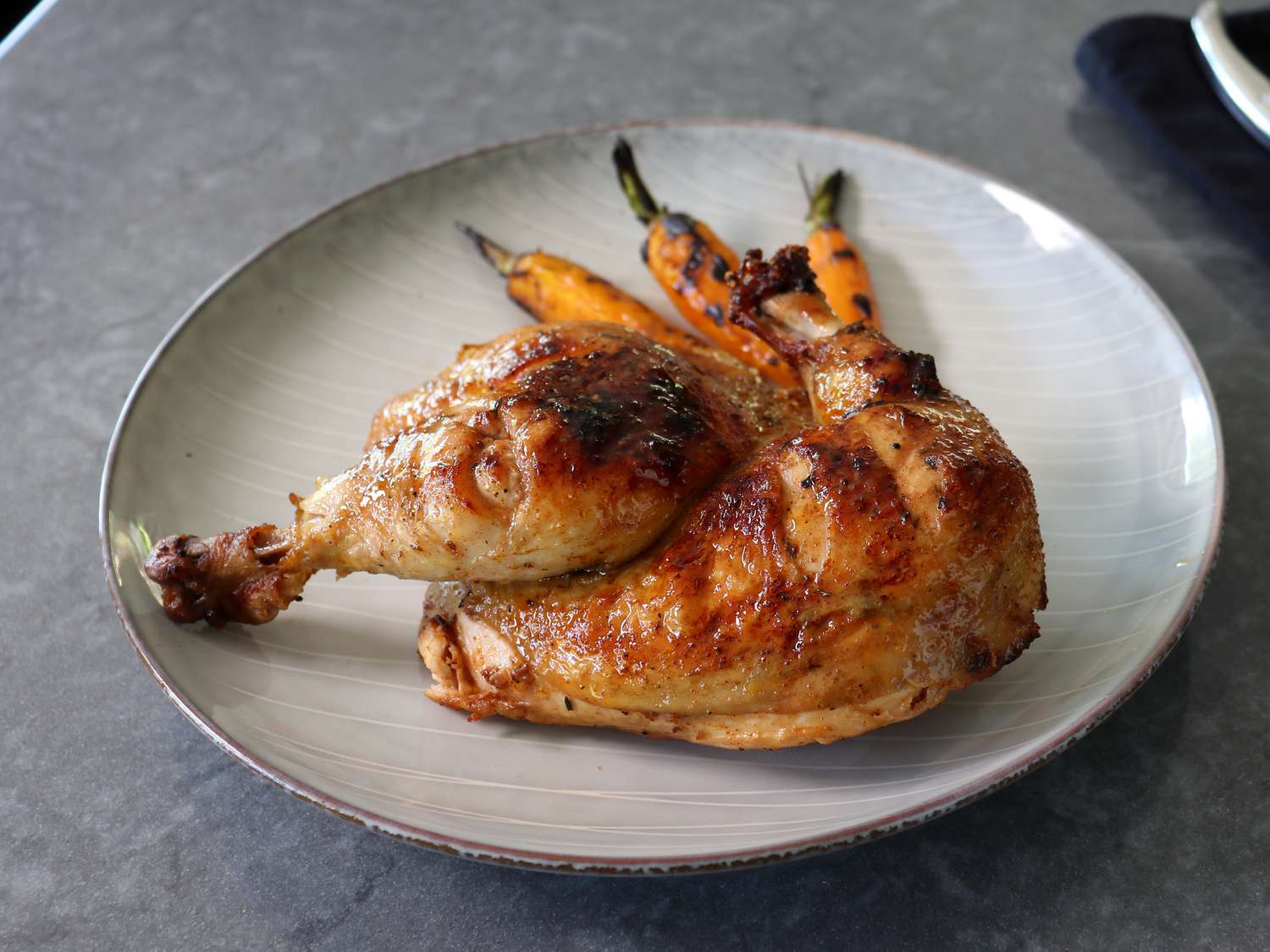Roasting Chickpea Flour: A Delicious and Nutritious Technique
Chickpea flour, also known as gram flour or besan, is a versatile ingredient that can be used in a variety of dishes. One popular way to enhance its flavor and texture is by roasting it. Roasting chickpea flour not only adds a delicious nutty flavor but also improves its shelf life. In this article, we will explore the benefits of roasting chickpea flour and provide a step-by-step guide on how to do it at home.
The Benefits of Roasting Chickpea Flour
Roasting chickpea flour offers several benefits that make it a worthwhile technique to try:
- Enhanced Flavor: Roasting chickpea flour brings out a nutty and toasty flavor, adding depth to your dishes.
- Improved Texture: The roasting process gives chickpea flour a slightly grainy texture, making it ideal for use in various recipes.
- Extended Shelf Life: Roasting chickpea flour helps to remove any excess moisture, leading to a longer shelf life for the ingredient.
- Increased Nutritional Value: The roasting process can enhance the nutritional content of chickpea flour, making it a healthier option.
How to Roast Chickpea Flour
Roasting chickpea flour is a simple and rewarding process that can be done at home with just a few basic steps:
- Preheat the Oven: Start by preheating your oven to 350°F (175°C) to ensure it reaches the optimal temperature for roasting.
- Spread the Flour: Take a baking sheet and spread a thin, even layer of chickpea flour on it. This will allow the flour to roast evenly.
- Roast in the Oven: Place the baking sheet with the chickpea flour in the preheated oven and let it roast for 10-15 minutes, stirring occasionally to ensure even roasting.
- Check for Color and Aroma: Keep an eye on the flour as it roasts and look for a slightly golden color and a nutty aroma, indicating that it’s ready.
- Allow to Cool: Once roasted, remove the baking sheet from the oven and let the chickpea flour cool completely before storing it in an airtight container.
Now that you know how to roast chickpea flour, you can use it in a variety of recipes, such as savory pancakes, flatbreads, and even as a thickening agent in soups and sauces. The roasted chickpea flour will add a delightful flavor and texture to your dishes, making them even more enjoyable.
Experimenting with Roasted Chickpea Flour
Once you’ve mastered the art of roasting chickpea flour, don’t be afraid to get creative with it. You can experiment with different spices and seasonings to create custom blends that suit your taste preferences. Additionally, you can incorporate roasted chickpea flour into both sweet and savory recipes, adding a unique twist to your culinary creations.
Whether you’re a seasoned cook or just starting out in the kitchen, roasting chickpea flour is a simple yet impactful technique that can elevate your dishes to new heights. With its enhanced flavor, improved texture, and extended shelf life, roasted chickpea flour is a valuable addition to any pantry. So, why not give it a try and unlock the full potential of this nutritious and delicious ingredient?
Now that you have the knowledge and the steps to roast chickpea flour, it’s time to roll up your sleeves and bring out the rich, nutty flavor of this versatile ingredient. Happy roasting!
Was this page helpful?
Read Next: How To Roast Coffee Beans Commercially
